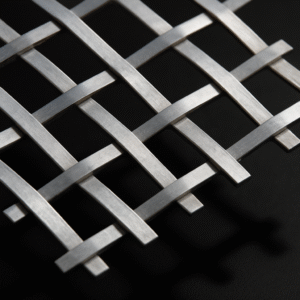








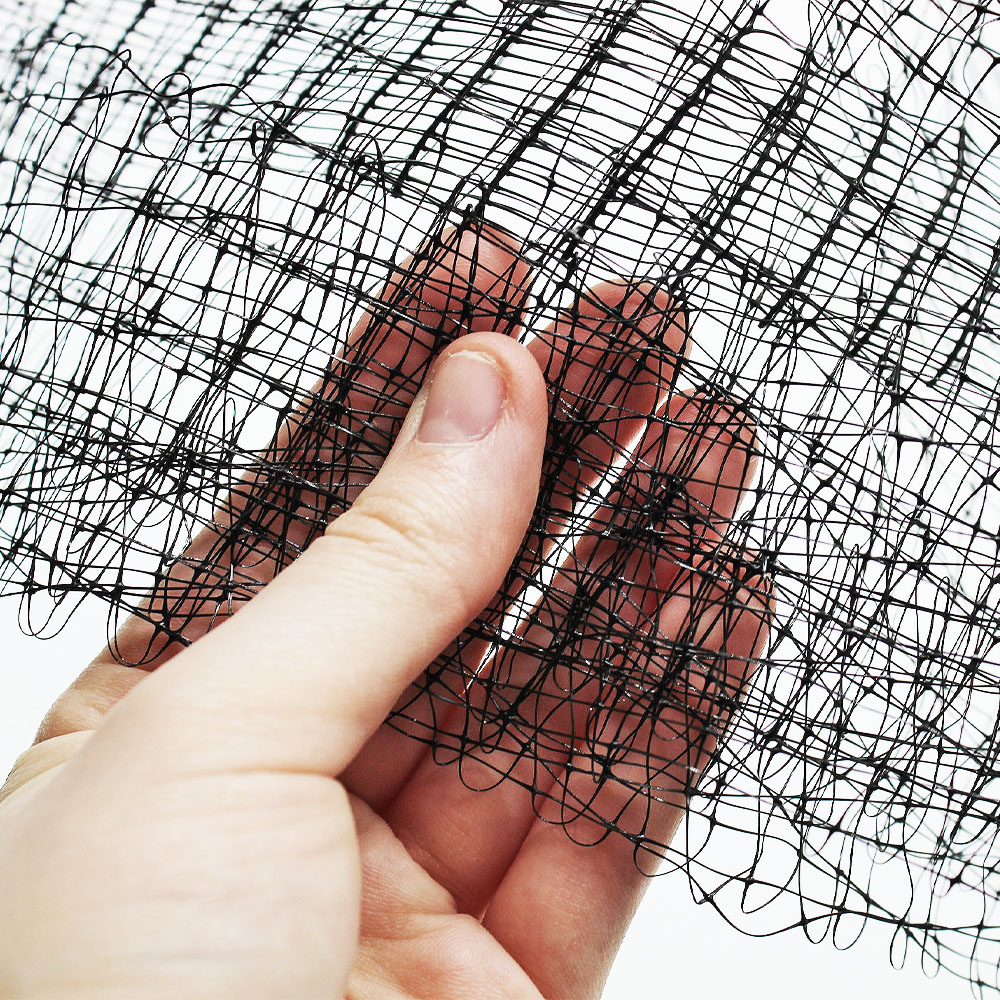
As we all know ponds make a gorgeous addition to any garden. But if you’re not careful, your idyllic pond can quickly become overrun with pests and predators that could damage or even destroy your water feature.
Thankfully, there is a simple solution—pond netting!
Let’s take a look at how pond netting works, the various types available, and how to install it in your garden.
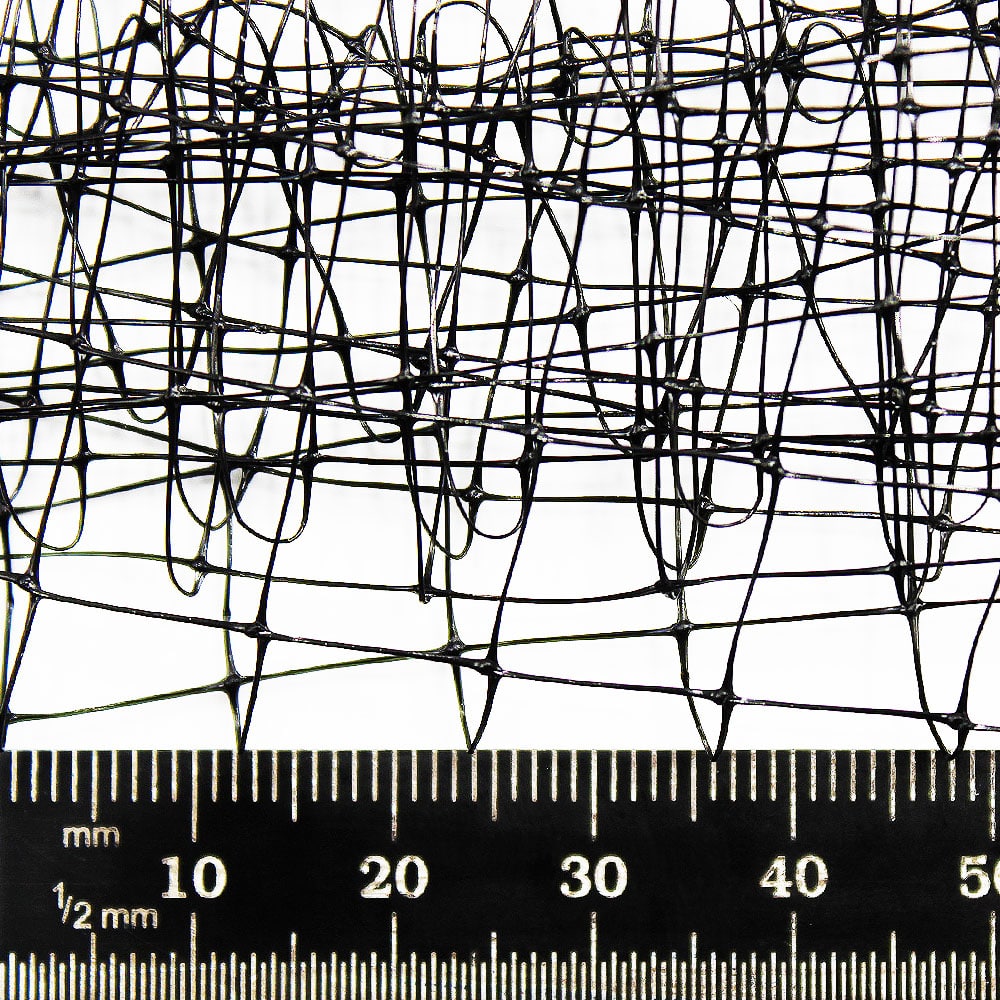
Pond netting works by creating an flexible, and reliable barrier between your pond and potential predators.
The idea is that it can prevent your pond from birds and cats. It can prevent debris build-up and reduce maintenance time. The addition of this mesh can prevent algae growth. This is because leaves and other debris fall into the pond and contribute to the growth of algae, which can be harmful to aquatic life and make the pond less attractive.
This type of netting can be made from several different materials, including plastic mesh and metal wire. Ours are plastic.
The key is to make sure that the material you choose has small enough holes that no predators can squeeze through them. The last thing you want is for small animals like herons or cats to prey on your fish. Our 1cm mesh is perfect for the task.
It’s also important to ensure that the netting material is strong enough to withstand wind and other weather conditions without tearing or fraying; this will help it last longer in outdoor conditions.
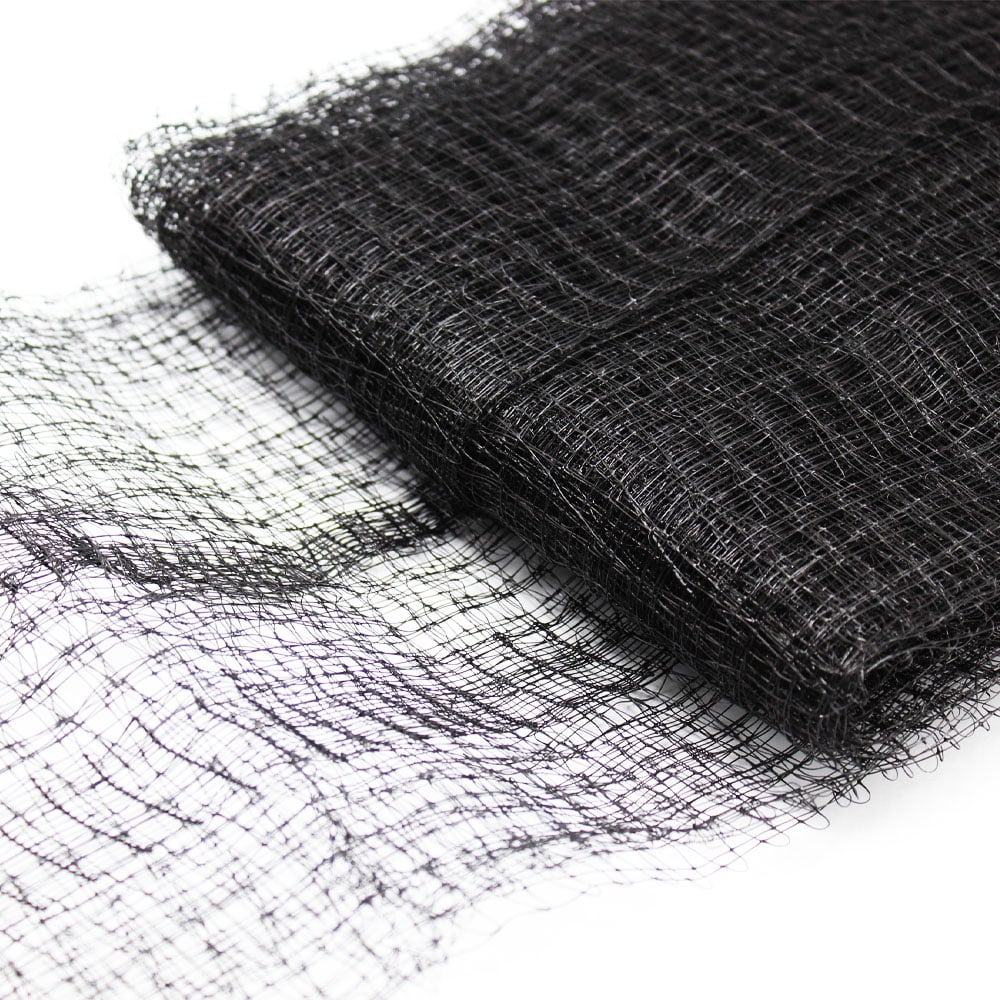
Once you’ve selected the right type of pond netting for your garden, it’s time to install it!
Begin by measuring out the perimeter of your pond so you know how much netting you need; then cut out pieces that fit each side perfectly. We recommend adding some extra to give some wriggle room.
Next, anchor down the edges with stakes or weights so that there are no gaps. If you leave any gaps predators could get through; this will also help protect against wind damage. Finally, attach clamps along the edge for extra security (if necessary).
With these steps completed, your pond should now be protected from any unwanted visitors!
Installing pond netting in your garden is an easy and affordable way to protect your water feature from pesky animals and other predators while still maintaining its simple beauty.
With a bit of research and some careful installation techniques, you can have peace of mind knowing that your beloved water feature is safe from harm!
Bird netting is a very similar product to our pond netting. It is used in gardens on vegetable patches and other cherished spaces.
Nylon bird netting is strong and durable. The material stretches a lot, but it’s still lightweight. The material isn’t prone to tearing. Sun rays and bad weather won’t hurt it because it’s anti-UV. So it’s safe to leave it outside year round.
Fruit tree netting provides maximum protection for your plants with a large aperture (hole size). It doesn’t hurt birds or small animals and doesn’t hamper plant growth either. You’ll protect fruit trees, bushes, flowers, vegetables, shrubs, and other plants by preventing birds from getting to them. Garden netting is great for use on eaves.
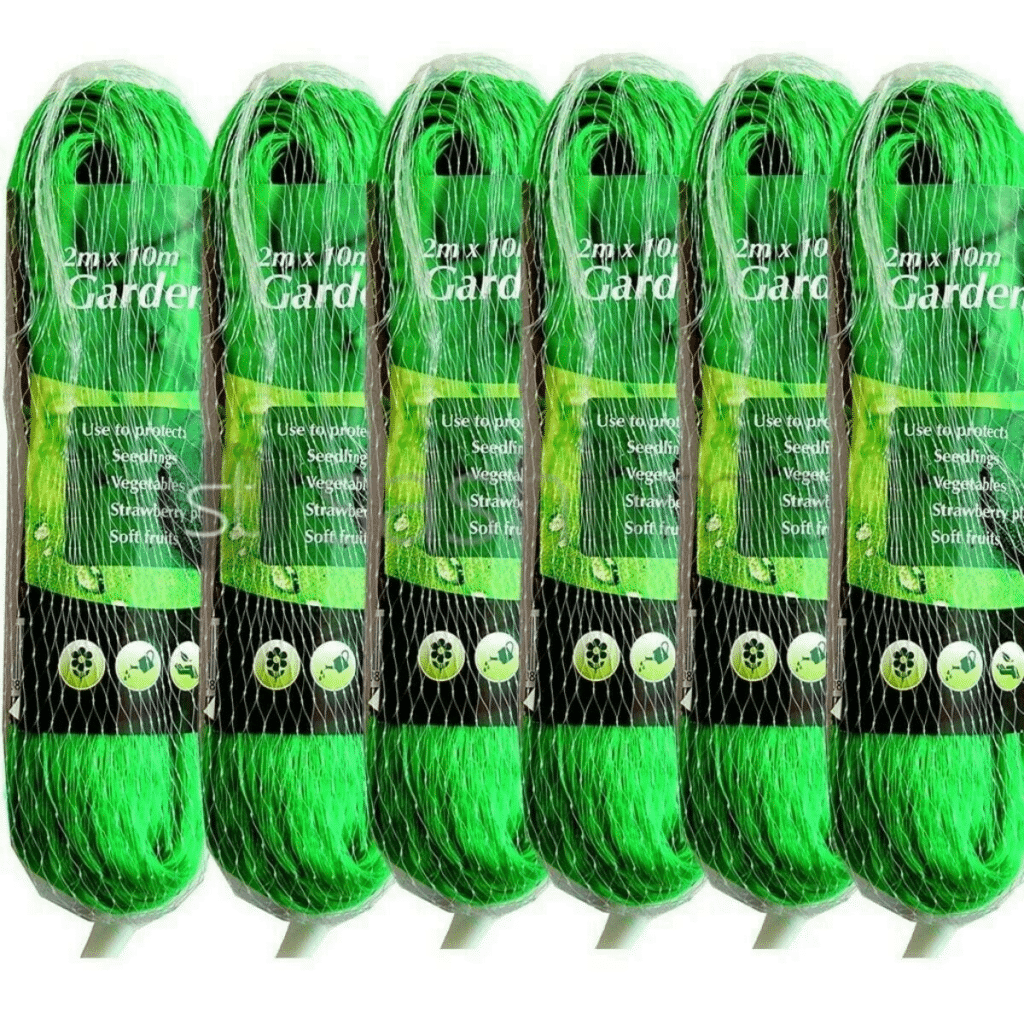
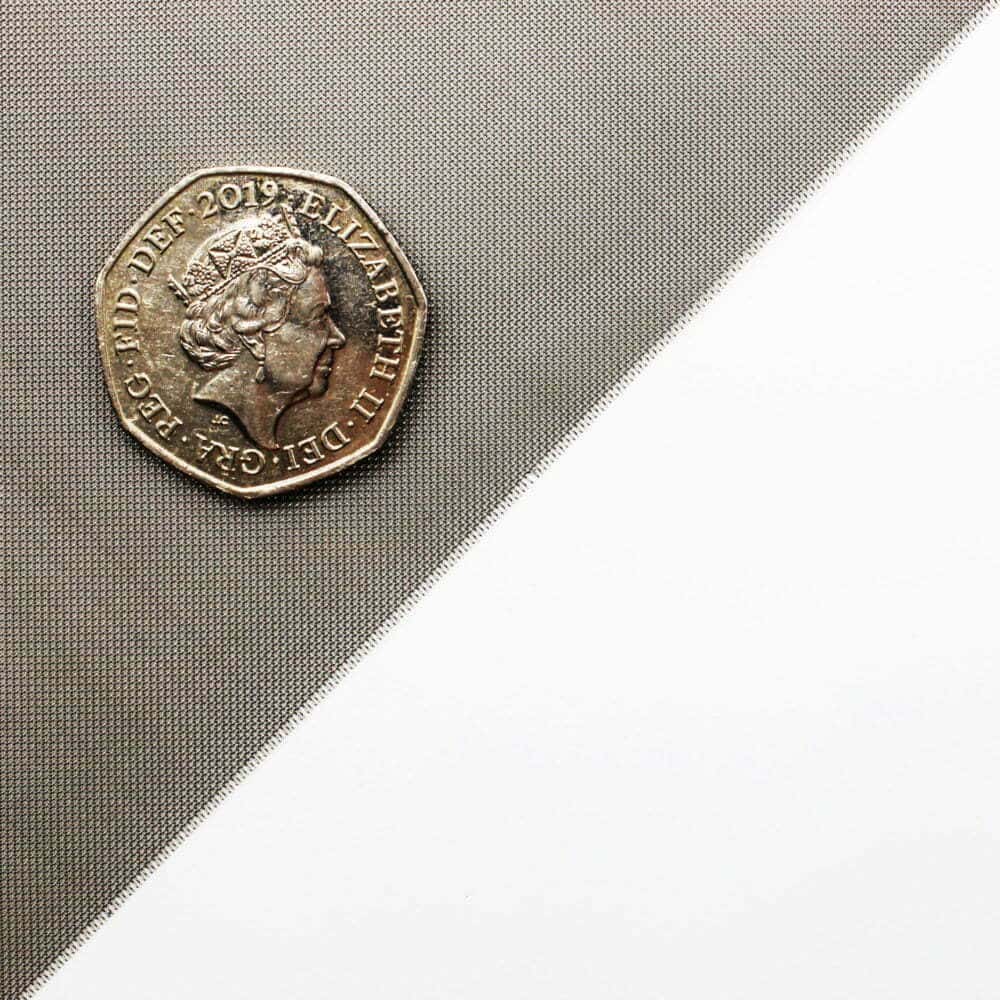
This mesh has 60 holes per linear inch and a 0.16mm wire.
It has been used many times by our customer to replace pond filter mesh when it becomes old or damaged. It is ideal for this purpose.
See our article regarding the sizing of woven wire mesh if you are unsure about how this mesh is referred to.
As always, thank you for checking out our blog. We hope that this helps you with your project. We try to launch a couple of new guides every week. Eventually we will have covered everything there is to cover about mesh.
You may be interested in our blog that explores how to protect your garden with netting.
Our goal for our blogs and help guides is to answer as many questions as possible to help to explain the possibilities of mesh to our customers.

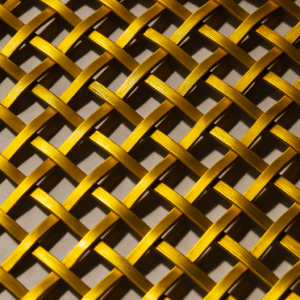
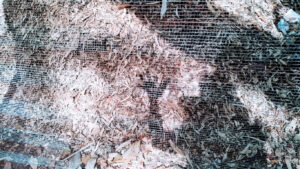
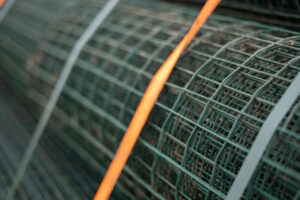
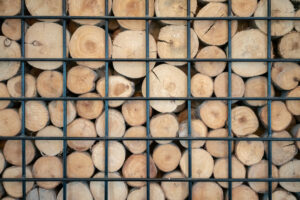
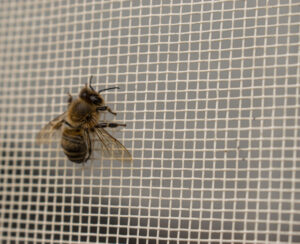
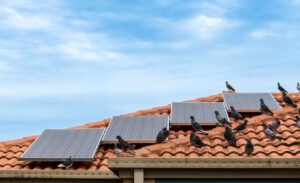
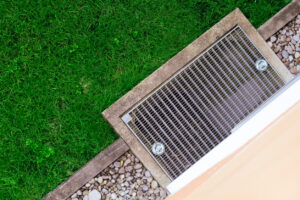
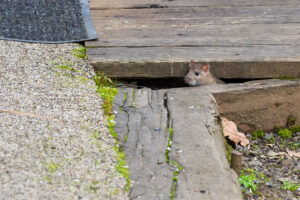

The largest range of wire mesh, chicken wire, wire fencing, woven wire mesh and perforated metal products in Europe, delivered direct from our Warrington warehouse.




Website by: Beech Web Services | Terms and Conditions | Cookie Policy | Privacy Policy | Website Terms and Conditions